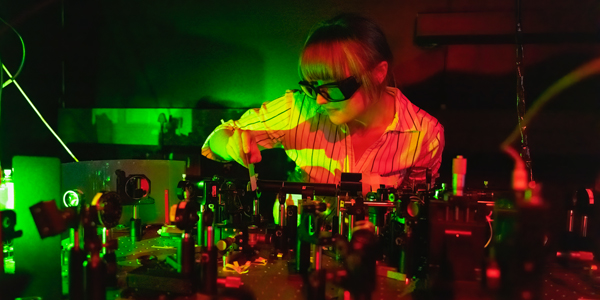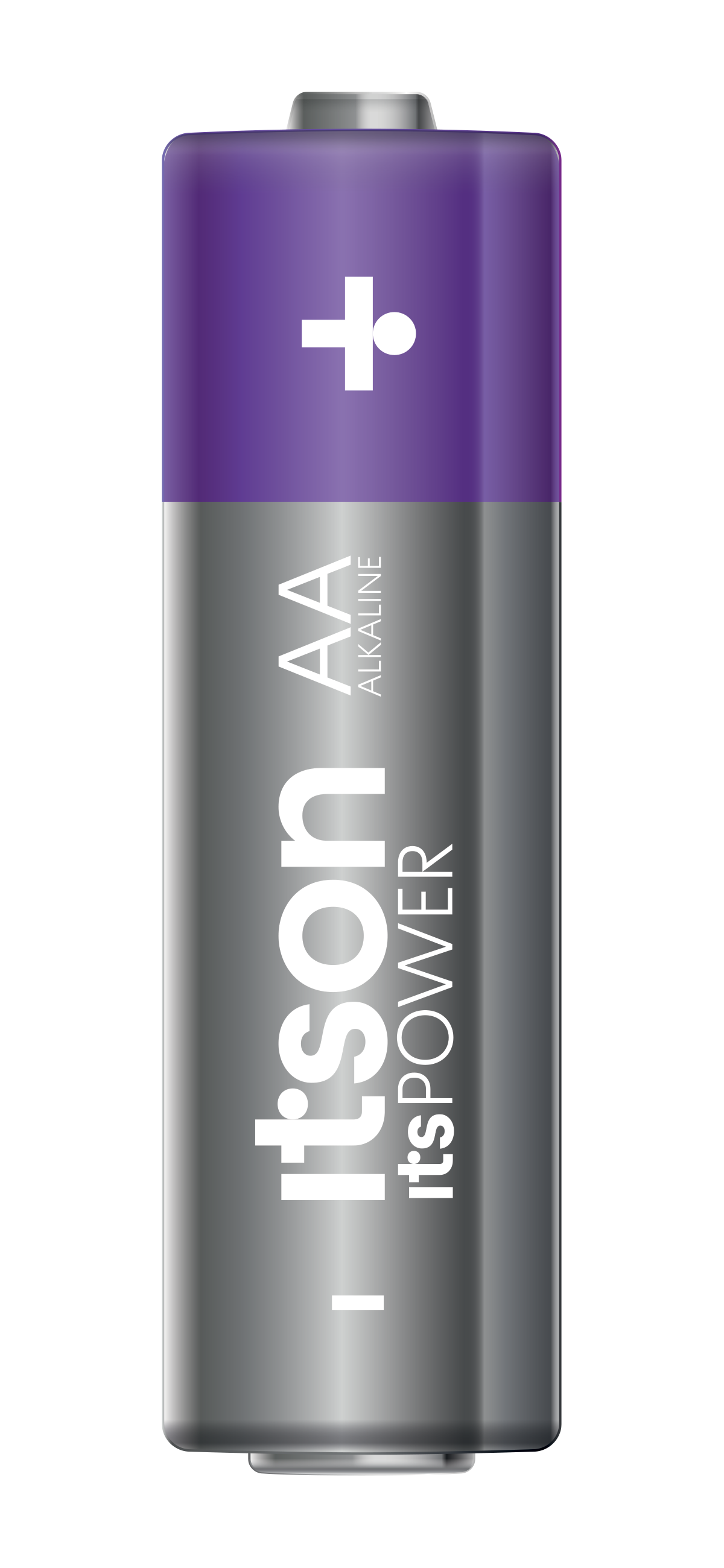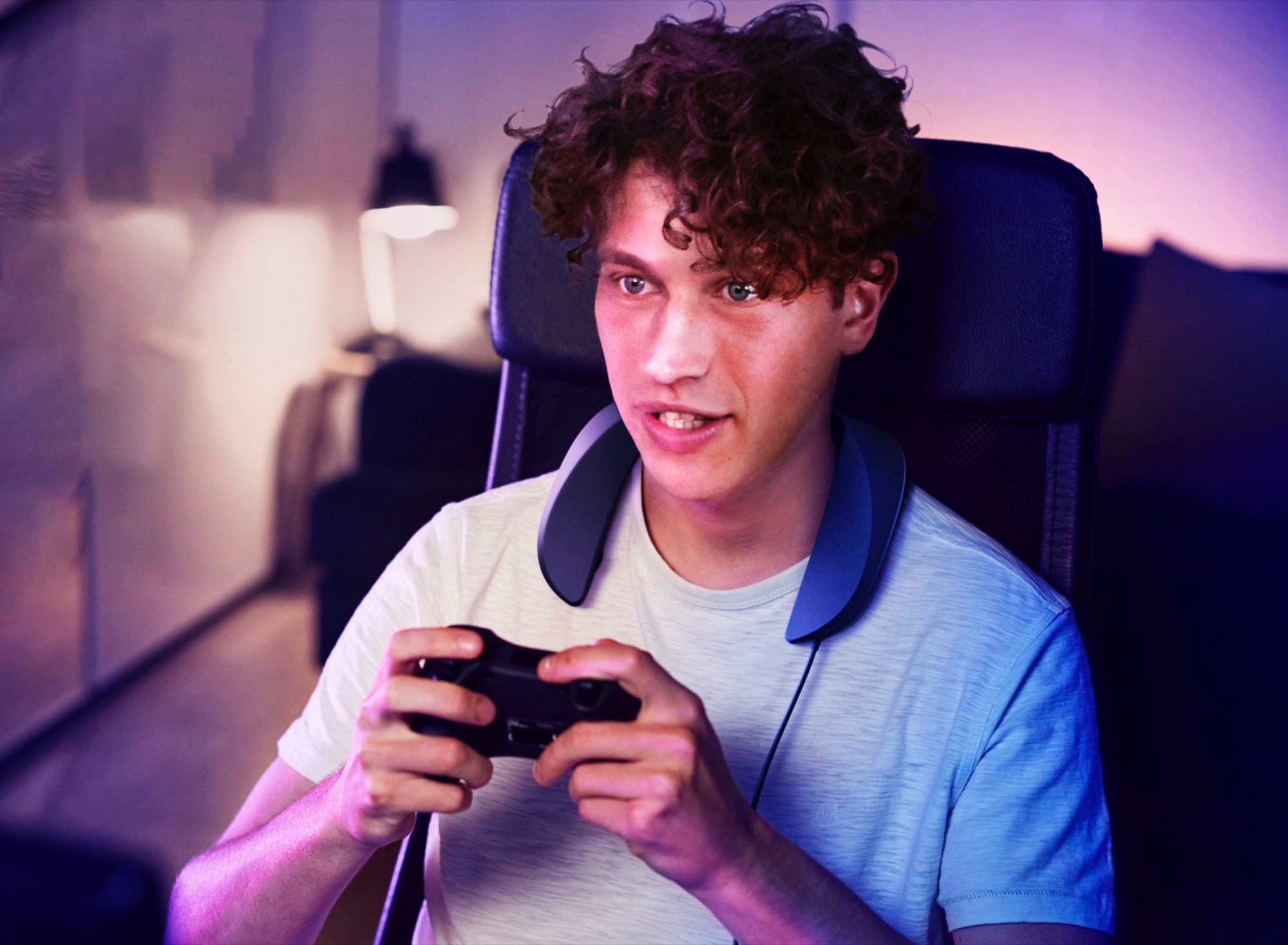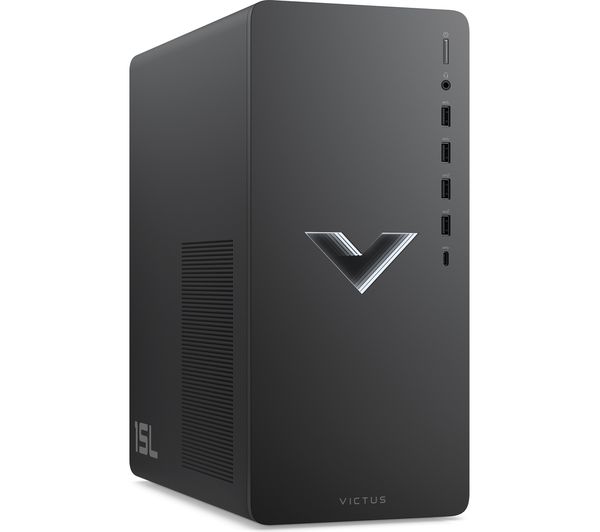 UK telecoms regulator Ofcom today announced how a new form of wireless communication called “white space technology” will work in practice. The technology functions by searching for unused radio waves called “white spaces” between TV channels to transmit and receive wireless signals.
UK telecoms regulator Ofcom today announced how a new form of wireless communication called “white space technology” will work in practice. The technology functions by searching for unused radio waves called “white spaces” between TV channels to transmit and receive wireless signals.
Compared with other forms of wireless technology, such as Bluetooth and WiFi, the process uses lower frequencies that have traditionally been reserved for TV. Signals at these frequencies travel further and more easily through walls.
The official announcement follows an earlier consultation, exploring the potential of the technology, which could be used for a wide range of innovative applications.
“For example, technology manufacturers have suggested that it might wirelessly link up different devices and offer enhanced broadband access in rural areas,” the Ofcom statement said.
To stop white space kit interfering with TV broadcasts and other wireless technologies that share those frequencies, the devices will consult a “geolocation database” that contains live information about which frequencies are free to use at a location.
New White Space devices will also be made available to consumers without the need for a licence.
“The airwaves that wireless devices depend on are becoming increasingly congested,” said professor William Webb, director of technology resources at Ofcom.
“We need to think about more efficient ways of using this limited resource. Using the white spaces between TV channels is a good example of how we can both use spectrum more efficiently and provide opportunities for innovative new applications and services.”
The closing date for responses in the latest consultation period is 7 December, after which Ofcom will propose a draft Statutory Instrument to make white space devices licence exempt. This will also be consulted on before being brought into effect.
“It is estimated that by the end of 2011, there will be a regulatory and technical regime in place to support white space technology,” the Ofcom statement predicted.





















